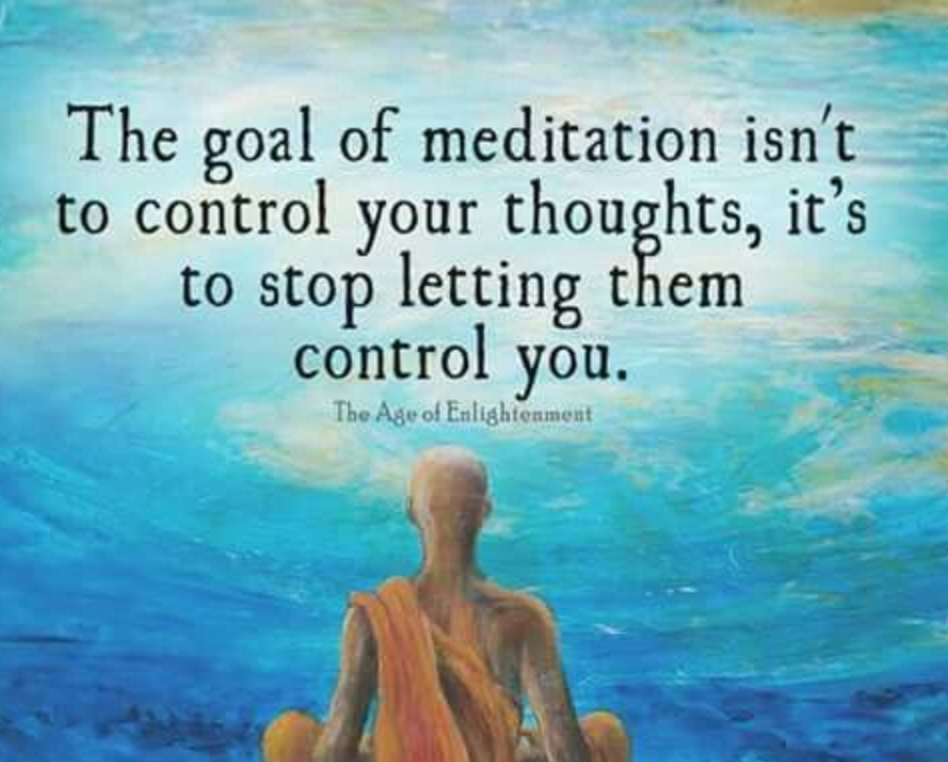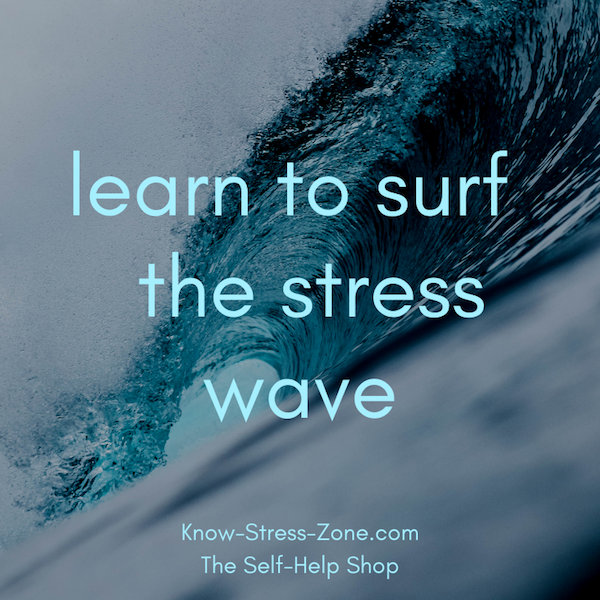Mindfulness Techniques to Reduce Stress
Mindfulness techniques? What comes to mind when you someone recommends that you practice mindfulness?
Maybe you think of meditation.
Maybe you think of yoga.
Maybe you think of long stretches of awkward silence.
Maybe you think of essential oils and/or incense.
Or, maybe you think of a deep spiritual practice that requires intense study before it actually works.
3 Mindfulness Techniques
While mindfulness can include meditation, the use of oils and incense, and even be studied by those who want to be certified practitioners and teachers – it can also be a way of seeing the world and how you fit in it. Being mindful is something anyone can do. |
Yet many people believe that being mindful, or living a mindful life, is
difficult. They’re caught up in living by rote. In the day-to-day routines of
work and family and friends until they’re doing things only because they’re
supposed to be doing them. They’re not giving much thought to why they’re working
at that job, or why they’re frustrated with their relationships with family and
friends. They’ve gotten used to the way things are and don’t think to make a
change.
This hectic, constant activity without real thought or meaning can cause a lot of stress. Those who suffer from persistent anxiety throughout the day, a sense of being rushed but not quite knowing why, headaches, and more tend to ignore the symptoms of stress and assume it’s how Life is and that everyone experiences this.
Well, not everyone experiences this and you no longer have to.
For you busy people, yes … you! … who are wanting to live a more mindful life but are having difficulty de-stressing and relaxing enough to even meditate for 5 minutes…
Here are 3 mindfulness techniques you can begin doing today that will help you to relax and de-stress:
Mindfulness technique1: Journaling
Journaling is a practice that many, many people have found to be the core reason why they are successful, why they are able to achieve goals, and more importantly – why they are able to find meaning in their life.
It is one of the most popular and effective mindfulness techniques because it’s based on the fact that you must be fully present so that you can pay attention to your thoughts. And, you’re doing it on purpose, with purpose. You have intention behind your action that sets in motion a sense of being mindful and in the present.
Ideally, if you journal in the morning it is to start the day with an attitude and focus that you choose. A recommendation is that you write down what you will accomplish today and how you will feel when you’ve done it. Then finish with a list of what you are grateful for in your life.
If you are journaling at night, then you use this time to reflect over the day and write down what you accomplished, how you feel about it, what you didn’t accomplish and how you feel about it. Then finish with a list of what you are grateful for in your life.
It won’t be long and you’ll be able to go back and review your journal entries. This can be a big help to you in seeing patterns of behavior, reactions, instances that cause you stress. Of course, once you see what the problem is you can then find the solution.
Mindfulness technique 2: Breathe with Purpose
Chances are good you’re saying “breathe with purpose? What the heck are you talking about? If I didn’t breathe I wouldn’t be alive!”
I know, it sounds “off” doesn’t it? And yet, studies have proven1 that most of us breathe without thinking – and we breathe shallow breaths. When you breathe deeply you can feel a difference throughout your body. Your heart rate slows, your shoulders relax, your mind calms a bit. Really, it does. Try it now – two deep breaths.
Using this mindfulness technique will help you calm down, lower your blood pressure, and slow your initial stress related reaction. This is breathing with purpose and can be a vital step in learning about your body reactions, keeping them in check and dealing with your stress before it causes physical injury or illness.
Mindfulness technique 3: Meditate with Purpose
This is what most people think mindfulness is all about – meditation. They’re wrong, of course, it isn’t all that mindfulness is about. It is a part of it, though.
Meditation with purpose is being focused on something in particular, in this case reducing stress, and learning what the root issue is.
How do you do this? How do you meditate with the purpose of reducing stress?
Begin with simply sitting still, eyes closed, and taking three deep breaths. While you’re breathing in and out pay attention to your heart rate as it slows. Feel your shoulders relaxing. Next, as you continue to breathe slowly, ask yourself why you were so upset or stressed or anxious about “that issue”. Then continue to breathe slowly. As your mind settles you’ll begin to see/hear/understand what happened that caused you to stress or be anxious.
If you already know what you’re stressed about and want to reduce that stress, then as you breathe in and out slowly, think about how the stress is leaving your body as you breathe out. Then think about how peace of mind and calm is entering your body as you breath in.
These 3 techniques can be used one at a time or can be used together to help your stress levels. You can adjust them or change them as you need to and as your stress levels rise or fall. The key is to do one or all of them every day. Start now. Just today, Just this moment. Then do it again tomorrow. And the next day. You’ll soon find yourself benefiting from being more relaxed and less stressed and you’ll want to continue to do these simple techniques.
Resources cited:
1 Russo, M. A., Santarelli, D. M., & O'Rourke, D. (2017). The physiological effects of slow breathing in the healthy human. Breathe (Sheffield, England), 13(4), 298–309. doi:10.1183/20734735.009817
|
Meditation and Mindfulness: An Exercise Begin by sitting on a chair or on the floor with your legs crossed. Close your eyes and focus on your breathing. Capture the sensations in your mind as you inhale and as you exhale. Notice the air entering via your nose and exhaling via your mouth. Once your concentration has effectively fixated on your breathing, start to notice any sounds in the room. What can you hear? Expand your thoughts to sensations. What exactly can you feel? If your mind starts to stray, then focus on your breathing again to pull your thoughts back to the present. Participate in this simple exercise for ten minutes each day, and you’ll gradually feels more centered and attached to your inner self. |
You can sign up to Zen12 for a free audio meditation program to experiment with an alternative style.
Think of meditation to keep the brain young as me-time, a few minutes every day where you get to focus on the most important person in your life: You!
Give it a try and you’ll discover it’s not actually as difficult as you imagine to use meditation to keep the brain young.
Download your free meditation MP3!
EXTRA EXTRA BONUS:
A $h!t ton of FREE FEEL-BETTER-AND-BETTER-EVERY-DAY-SELF-IMPROVEMENT-STRESS-ZAPPING-EASY-TO-USE Strategies!>>>
Mindfulness Techniques and Other Great Things for Your Brain

